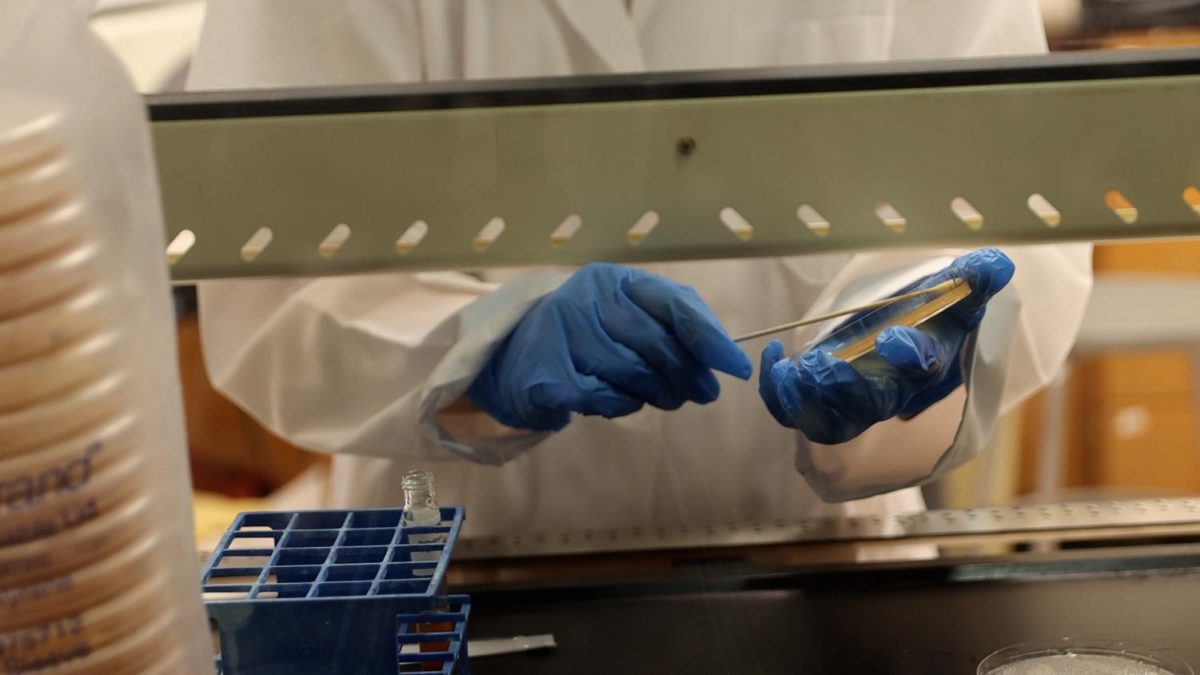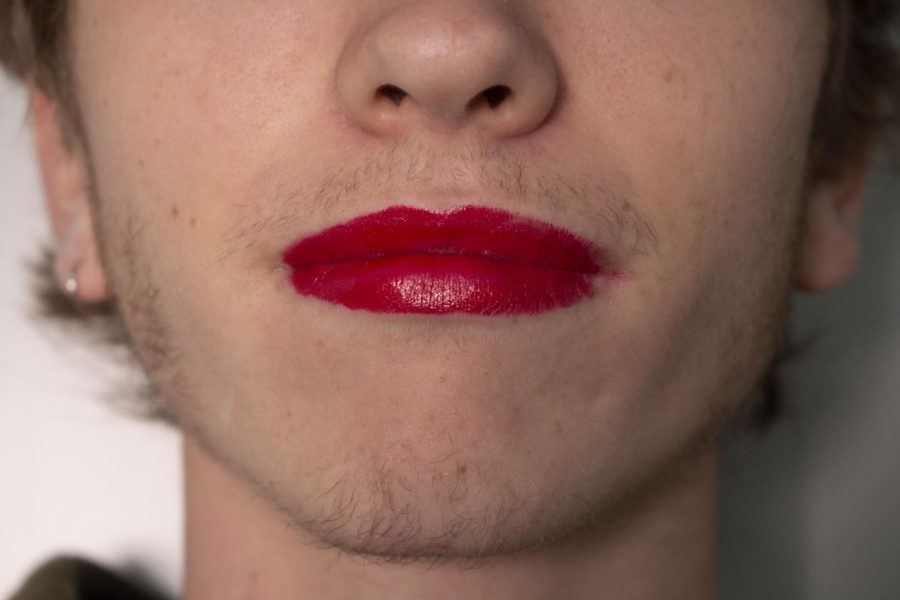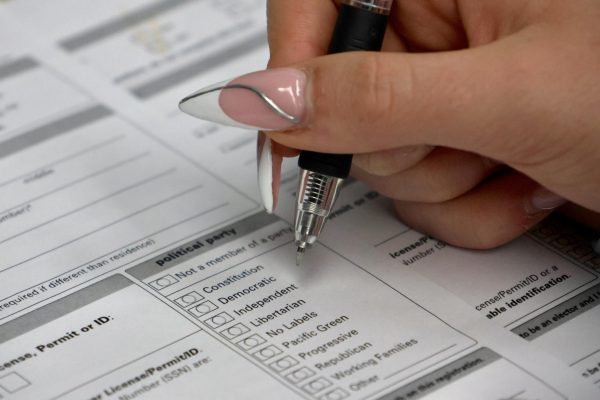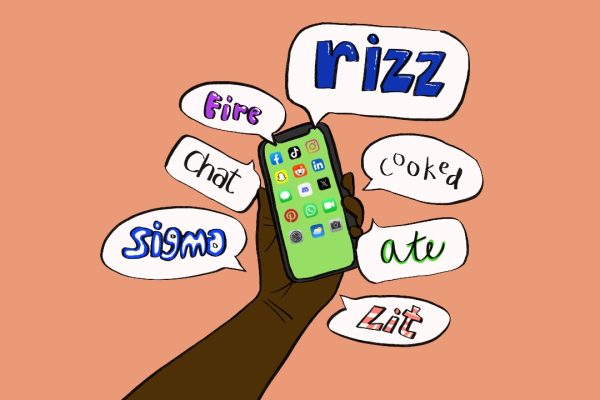Confronting toxic masculinity
When taken to an extreme, its impact permeates numerous facets of daily life: sexuality, appearance, athletics, group dynamics. Through their own experiences, students and faculty consider toxic masculinity’s core ideas, how it manifests at ASL and whom its consequences affect.
Emily Forgash
To some, toxic masculinity may pose obstacles to those who want to step outside the masculine norm and fully express themselves, whether that be by wearing lipstick or exhibiting other effeminate behavior.
March 15, 2021
In Music Teacher David Papenhagen’s old school in Michigan, having a reputation as a band geek was better than being gay. At least that is the message his assistant principal conveyed while trying to motivate one of his students to work harder in his band class.
“That assistant principal looked that kid straight in the eye and said, ‘Look, what, what happens if, you know, people start spreading a rumor, like a really bad rumor that you are gay or something. That would be awful,’” Papenhagen said.
At the time, Papenhagen was not out as gay. He had to sit quietly in the room while his employer denigrated his sexuality. His first thought was, “I need to look for another job.” He said he was tired of enduring what he saw as “his America,” a place which treated him as if his identity was incompatible with its values.
After moving from the U.S., where toxic masculinity created an inhospitable environment, to London, Papenhagen said he found ASL to be more tolerant. However, he said the school is not immune to the problems toxic masculinity creates.
This story continues on The Standard and was originally published on March 5, 2021.





![With the AISD rank and GPA discrepancies, some students had significant changes to their stats. College and career counselor Camille Nix worked with students to appeal their college decisions if they got rejected from schools depending on their previous stats before getting updated. Students worked with Nix to update schools on their new stats in order to fully get their appropriate decisions. “Those who already were accepted [won’t be affected], but it could factor in if a student appeals their initial decision,” Principal Andy Baxa said.](https://bestofsno.com/wp-content/uploads/2024/05/53674616658_18d367e00f_o-1200x676.jpg)
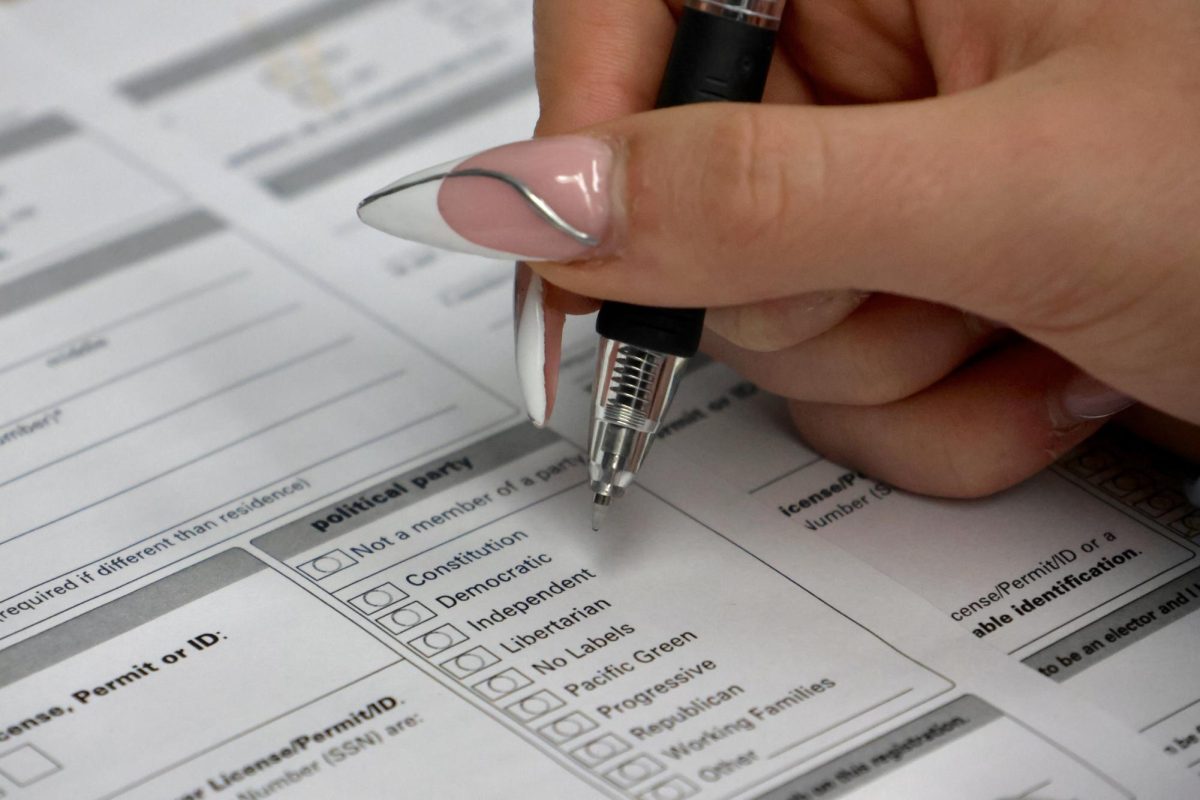





![Junior Mia Milicevic practices her forehand at tennis practice with the WJ girls tennis team. “Sometimes I don’t like [tennis] because you’re alone but most of the time, I do like it for that reason because it really is just you out there. I do experience being part of a team at WJ but in tournaments and when I’m playing outside of school, I like that rush when I win a point because I did it all by myself, Milicevic said. (Courtesy Mia Milicevic)](https://bestofsno.com/wp-content/uploads/2024/06/c54807e1-6ab6-4b0b-9c65-bfa256bc7587.jpg)








![The Jaguar student section sits down while the girls basketball team plays in the Great Eight game at the Denver Coliseum against Valor Christian High School Feb. 29. Many students who participated in the boys basketball student section prior to the girls basketball game left before half-time. I think it [the student section] plays a huge role because we actually had a decent crowd at a ranch game. I think that was the only time we had like a student section. And the energy was just awesome, varsity pointing and shooting guard Brooke Harding ‘25 said. I dont expect much from them [the Golden Boys] at all. But the fact that they left at the Elite Eight game when they were already there is honestly mind blowing to me.](https://bestofsno.com/wp-content/uploads/2024/05/IMG_7517-e1716250578550-900x1200.jpeg)






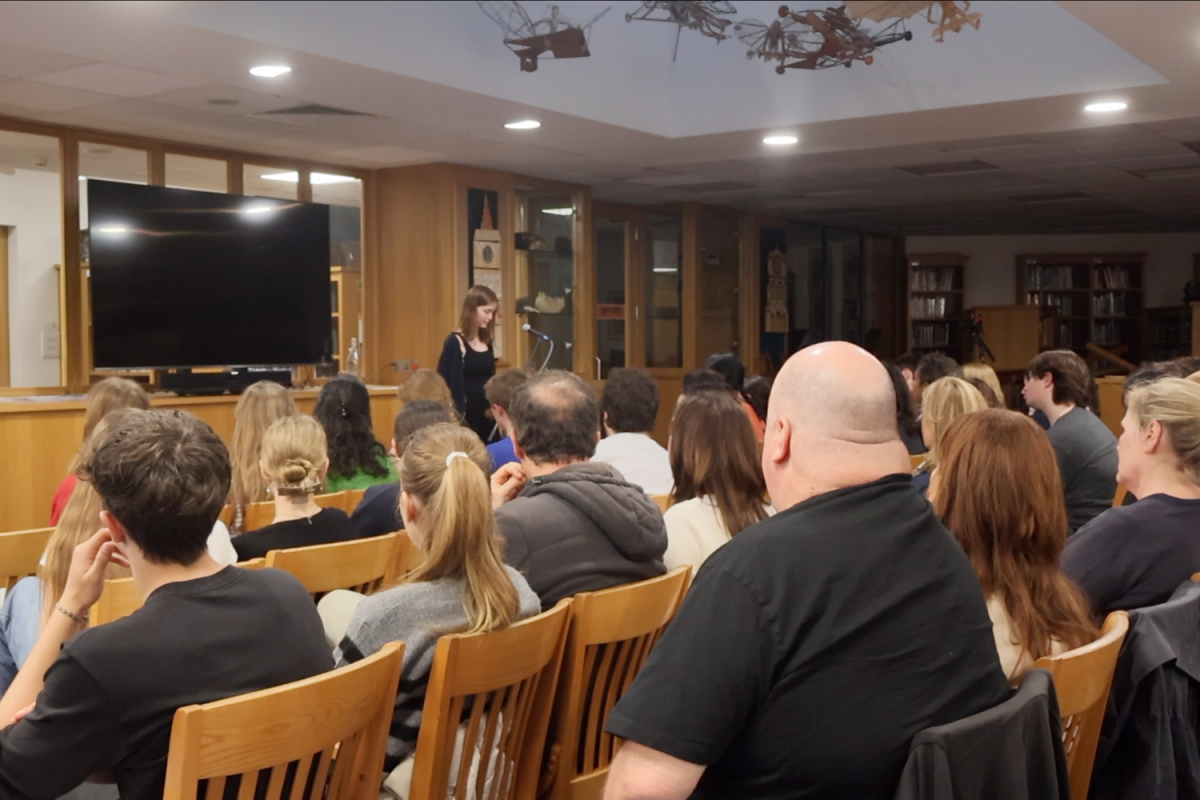


![BACKGROUND IN THE BUSINESS: Dressed by junior designer Kaitlyn Gerrie, senior Chamila Muñoz took to the “Dreamland” runway this past weekend. While it was her first time participating in the McCallum fashion show, Muñoz isn’t new to the modeling world.
I modeled here and there when I was a lot younger, maybe five or six [years old] for some jewelry brands and small businesses, but not much in recent years,” Muñoz said.
Muñoz had hoped to participate in last year’s show but couldn’t due to scheduling conflicts. For her senior year, though, she couldn’t let the opportunity pass her by.
“It’s [modeling] something I haven’t done in a while so I was excited to step out of my comfort zone in a way,” Muñoz said. “I always love trying new things and being able to show off designs of my schoolmates is such an honor.”
The preparation process for the show was hectic, leaving the final reveal of Gerrie’s design until days before the show, but the moment Muñoz tried on the outfit, all the stress for both designer and model melted away.
“I didn’t get to try on my outfit until the day before, but the look on Kaitlyn’s face when she saw what she had worked so hard to make actually on a model was just so special,” Muñoz said. “I know it meant so much to her. But then she handed me a blindfold and told me I’d be walking with it on, so that was pretty wild.”
Caption by Francie Wilhelm.](https://bestofsno.com/wp-content/uploads/2024/05/53535098892_130167352f_o-1200x800.jpg)



